Unlocking the Secrets of N-Butyl Mercaptan: Comprehensive Detection Guide
Overview of N-Butyl Mercaptan Detection
N-Butyl Mercaptan, also known as 1-butanethiol, is a sulfur-containing organic compound widely used in various industrial applications. Its strong odor and reactivity make accurate detection critical in ensuring safety and product quality. This article provides a detailed guide on detecting N-Butyl Mercaptan with scientific rigor and precision.
Sample Preparation for N-Butyl Mercaptan Detection
**Proper sample preparation** is essential for obtaining reliable detection results. Typical samples include industrial chemicals, environmental air samples, or materials used in manufacturing processes. Before analysis, samples are often collected in **airtight containers** to prevent contamination or loss due to the compound's high volatility. For air sampling, specialized equipment like gas sampling bags or sorbent tubes is employed to capture trace amounts of N-Butyl Mercaptan efficiently.
Key Detection Parameters
Detection of N-Butyl Mercaptan focuses on parameters such as:
- **Concentration levels**: Often measured in parts per million (ppm) or parts per billion (ppb).
- **Purity analysis**: Identifying impurities or byproducts in industrial samples.
- **Odor thresholds**: For applications requiring precise odor management.
- **Environmental impact**: Quantifying emissions to ensure compliance with environmental standards.
Instruments Used in N-Butyl Mercaptan Detection
Advanced instrumentation is employed to ensure accurate detection. Commonly used equipment includes:
- **Gas Chromatography (GC)**: Paired with Flame Photometric Detectors (FPD) or Mass Spectrometry (MS) for precise quantification and identification.
- **Fourier Transform Infrared Spectroscopy (FTIR)**: Useful for identifying functional groups associated with N-Butyl Mercaptan.
- **Photoionization Detectors (PID)**: Suitable for rapid field measurements.
- **Odor Monitoring Devices**: To evaluate the compound's sensory impact in odor-critical industries.
Standard Detection Methods
The most effective detection methods combine sensitivity and specificity. Common approaches include:
- **Gas Chromatography with Pre-Concentration**: Ideal for trace-level detection in air or complex mixtures.
- **Spectroscopic Analysis**: Employing FTIR for qualitative assessments of chemical composition.
- **Electrochemical Sensors**: Designed for real-time monitoring in industrial settings.
- **Headspace Sampling Techniques**: Suitable for analyzing volatile compounds in liquids or solids.
Conclusion
Accurate detection of N-Butyl Mercaptan is crucial for various industrial and environmental applications. By employing advanced preparation techniques, precise instruments, and standardized detection methods, industries can ensure safety, compliance, and product quality. With its wide-ranging applications, mastering the science of detecting N-Butyl Mercaptan paves the way for enhanced efficiency and innovation in handling this critical compound.
结语
以上是关于Unlocking the Secrets of N-Butyl Mercaptan: Comprehensive Detection Guide的介绍,如有其它问题请 联系在线工程师 。




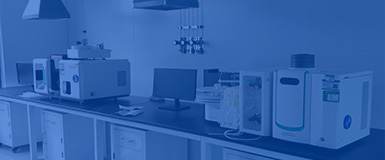
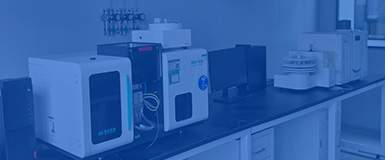
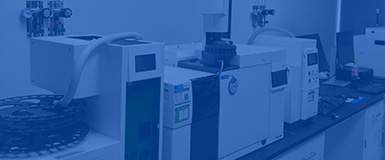

 第三方检测机构
第三方检测机构


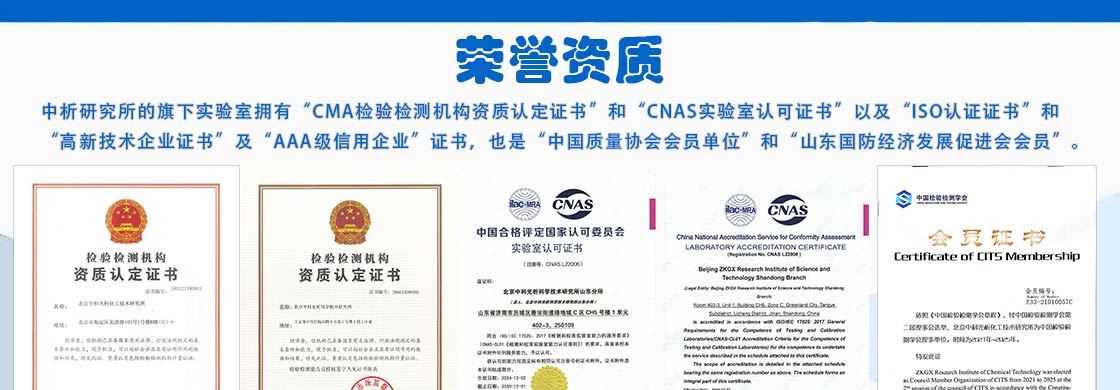
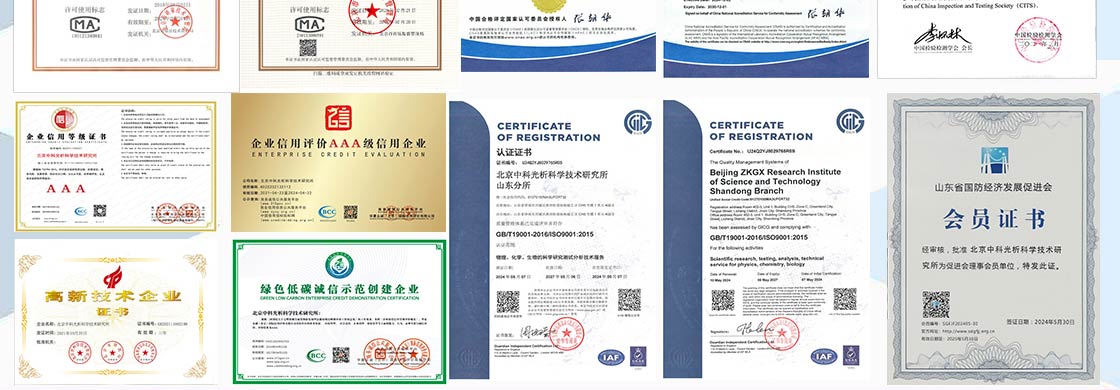
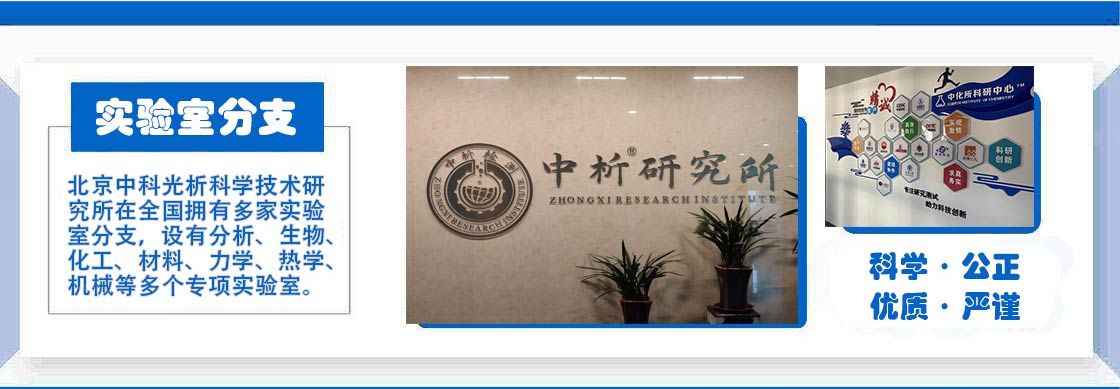
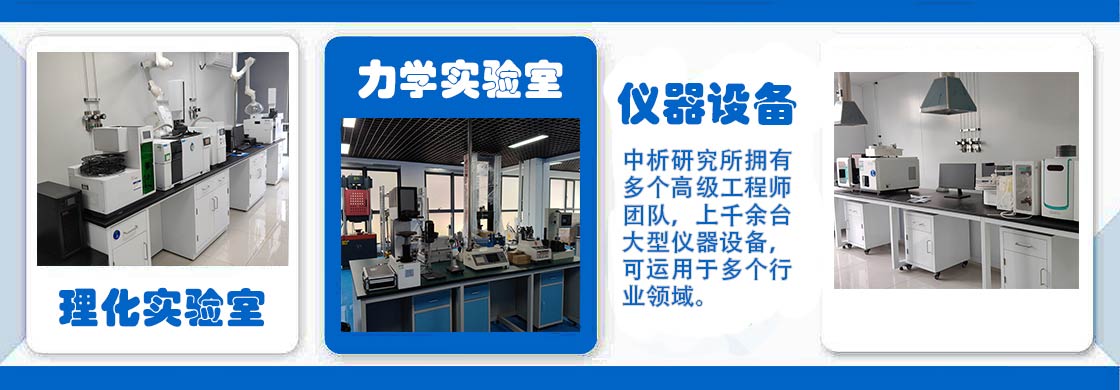
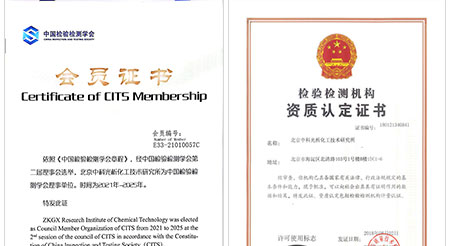
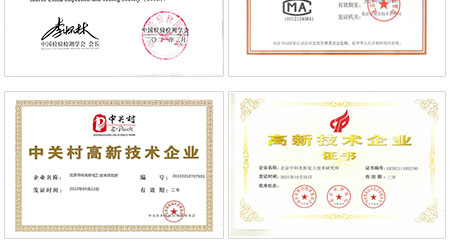



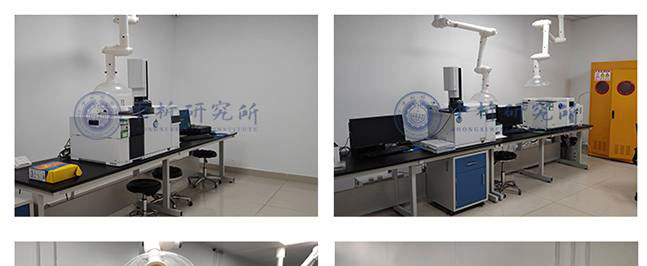
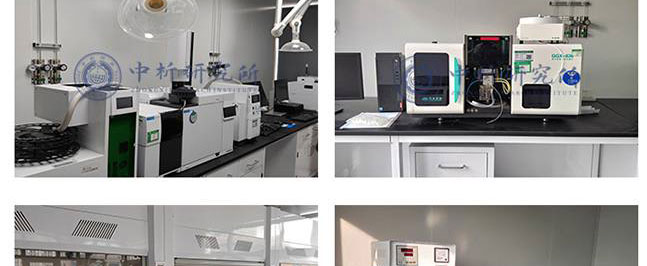
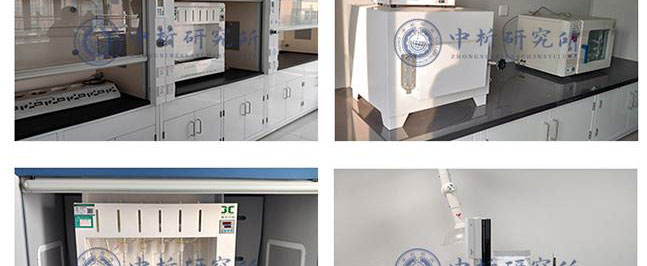
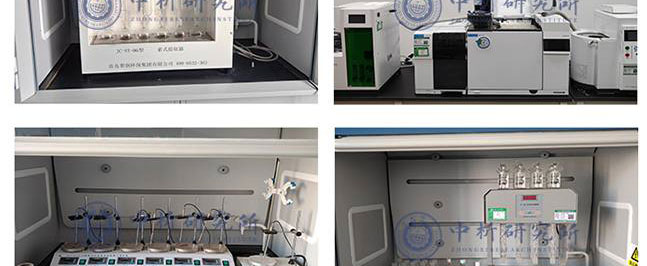
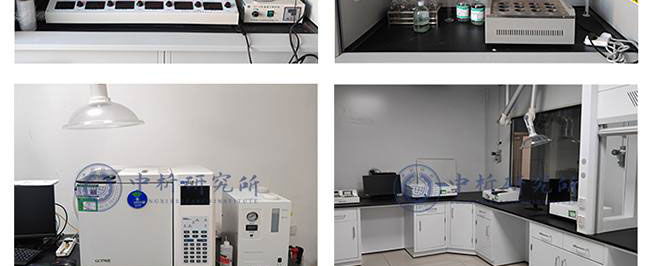
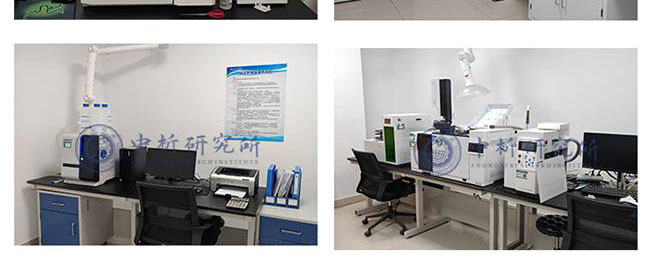




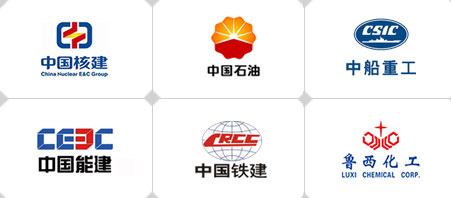
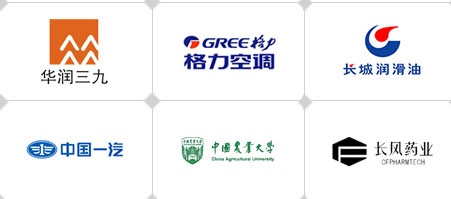
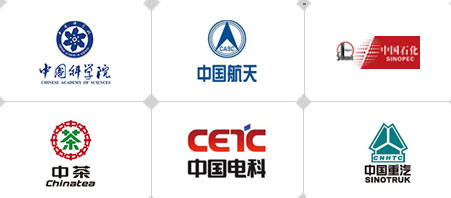
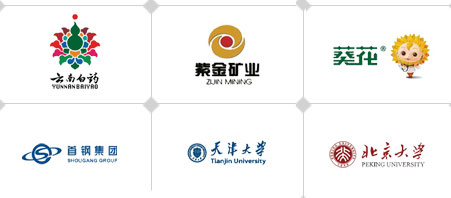









 备案号:
备案号: